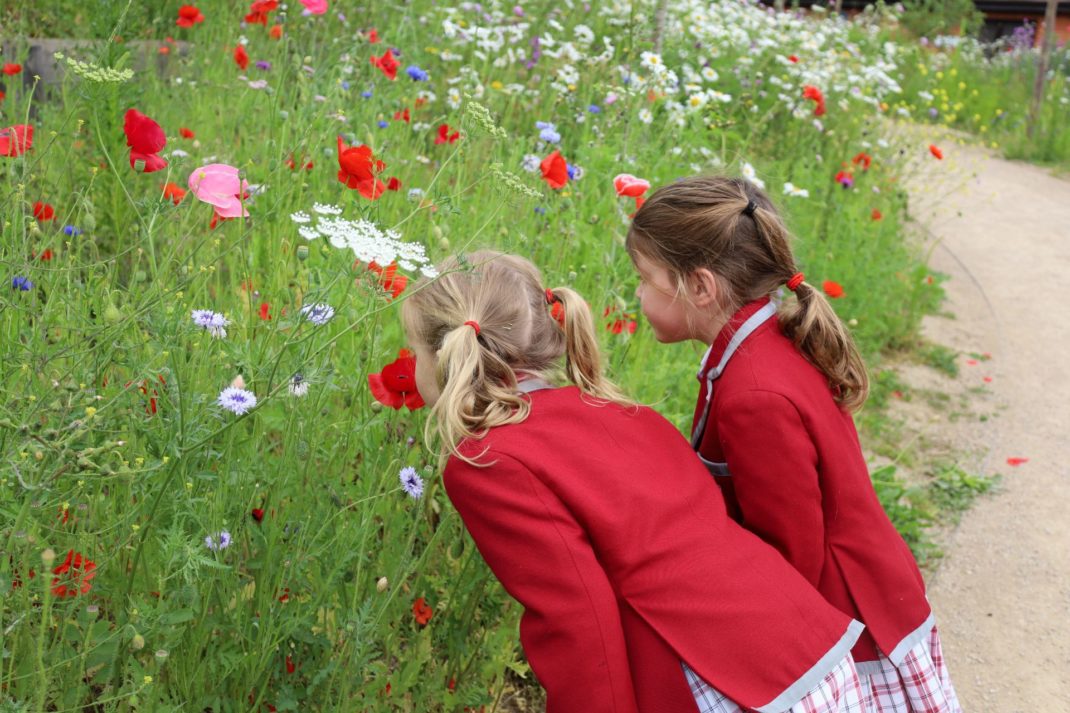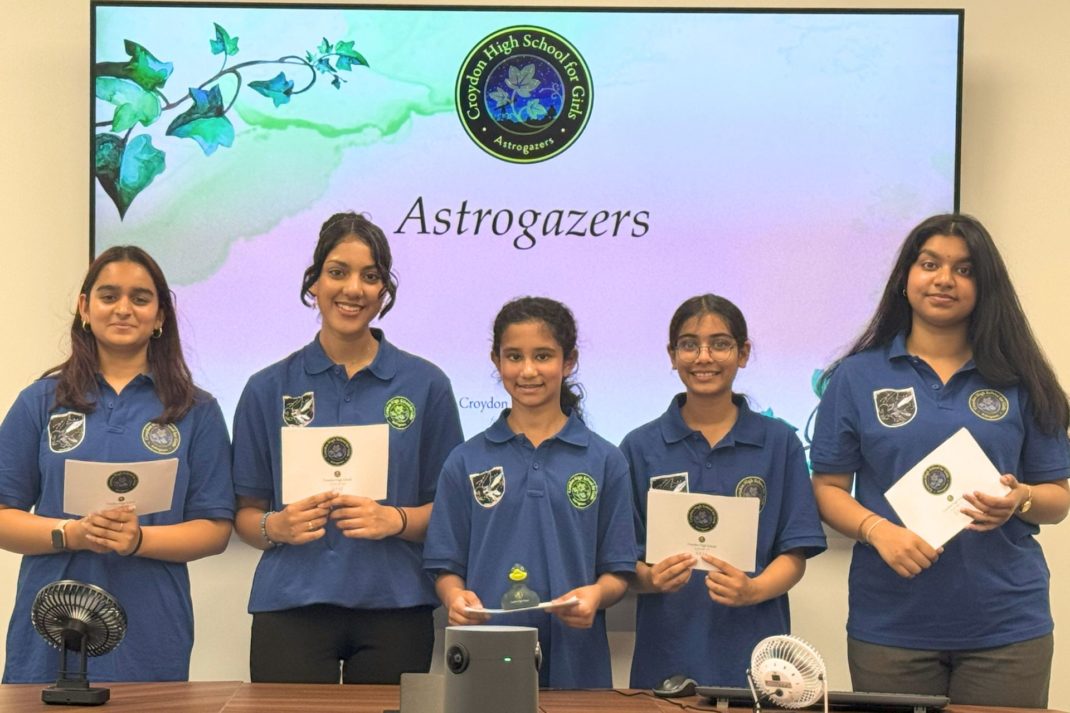Getting Back to Nature
By
2 years ago
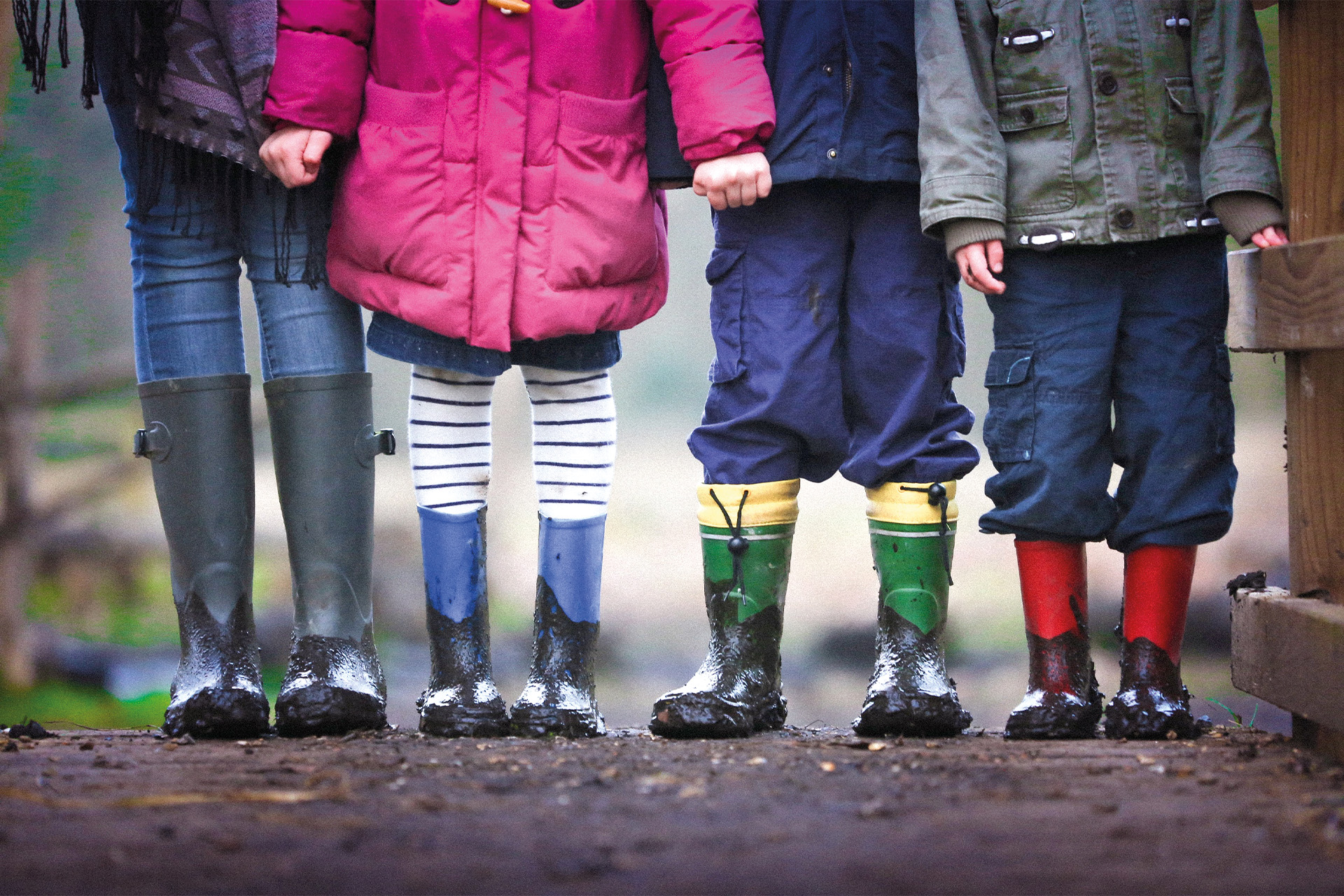
Annabel Heseltine digs the dirt on connecting with the earth
One of my most enduring childhood memories is of pressing my nose to a cold windowpane, longing for the rain to stop so I could go out and play. A generation later, children couldn’t care less whether it rains or not because their minds are not so excited by tadpoles in ponds, ladybirds in London parks, abandoned bird’s nests, finding eels in beachy streams or badgers in dark woods. Instead of building treehouses or camps, they are hunched over a screen playing Minecraft and nature isn’t getting a look in, to the detriment of all. As parents and doctors worry about children’s mental and physical health, scientists worry about the future for conservation if there is nobody left to care.
The disconnect between children and nature crept insidiously into our lives in the 1980s coinciding with the popular explosion in computer use and the Gameboy in 1989. Danger-averse parenting and climbing car sales contributed to a dramatic decline in the time children spent playing freely outside. In 2005 Richard Louv, an American author and journalist, coined the phrase Nature Deficit Disorder in his transformative book Last Child in the Woods. It highlighted a critical subject nobody was talking about; how a lack of nature affected child development.
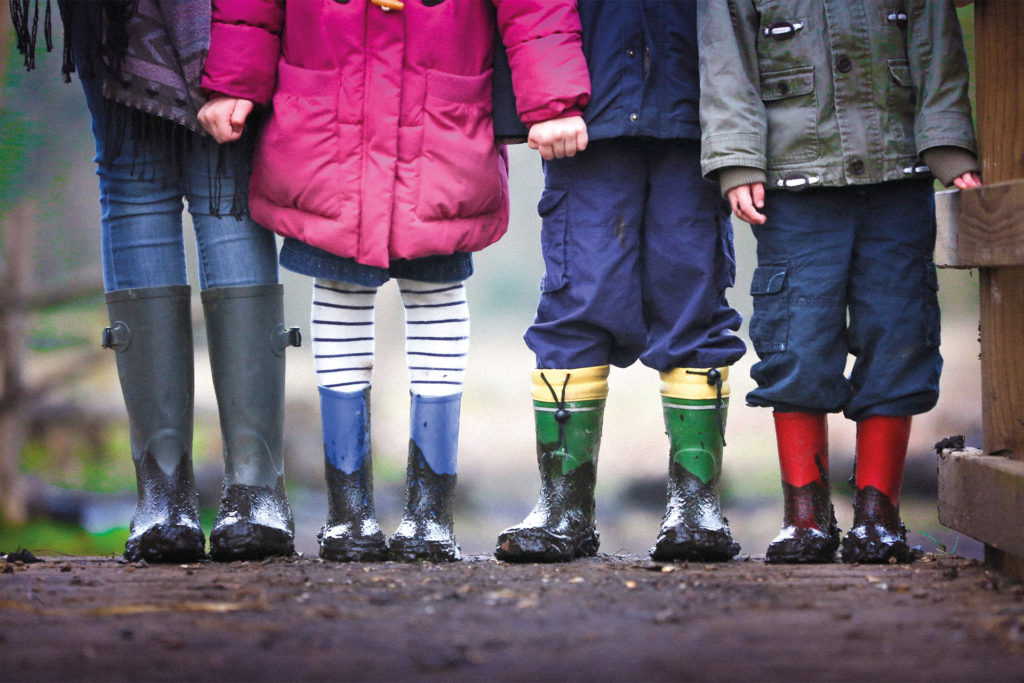
In 2016, the results of a UK survey for Persil’s campaign ‘Dirt is Good’ revealed that 74 percent of children spent under 60 minutes playing outside each day. Educationalist Sir Ken Robinson responded: ‘Academic research shows that active play is the natural and primary way that children learn. It is essential to their health growth and progress, particularly during periods of rapid brain development.’ But seven years, a pandemic and a mental health crisis later, is anyone listening? I dialled a San Diego number in the middle of the night.
‘I don’t blame parents. That’s too easy,’ says Louv, whose book inspired an international movement Children & Nature Network, which in 2008 won him the national Audubon Medal; previous recipients include President Jimmy Carter. ‘Parents are too cautious about letting their kids roam but journalists created that parental fear, magnifying one terrible act a thousand times, so it’s no wonder parents believe there’s a bogeyman on every corner. My wife and I did. And we all use our technology more than we should. Parents should watch their own habits but there’s so much pressure to communicate with electronics – and Covid increased that.’
Louv’s solution is simple. ‘If we can put soccer on the calendar, we can put nature on the calendar. It needs to be a conscious act that parents take their kids outdoors, whether it’s hiking, fishing or biking. It doesn’t happen spontaneously anymore.’
When they were young, I took my children to Scotland every summer and imposed a moratorium on electronics – for everyone. For that one month of the year, I watched them squeal and laugh, swim, boogie board, run and fish, and then collapse like small puppies in front of the fire to play games, cards or read books. As they got older, it got harder to tempt them outside.
One summer, I asked my family to give me the birthday present of coming to a three-day yoga festival with me. It was the best decision. I had almost given up the daily fight with electronics at home but away from them and outside, I realised they were still children capable of enjoying being in nature; one of them was up stoking the fire before me while another tiptoed out at dawn to win a free pizza to give to me as my present. Later on, I watched my children practising wobbly downward dogs on the grass and giggling and splashing on paddle boards in a lake.
In 2018, I rented a barge for three glorious ‘Famous Five’ days in the Midlands. In the summer heat we piled bikes on to its roof, only to watch them be swept into the canal when my middle son backed it under overhanging trees. We retrieved them the following day to bicycle across fields to the local pub for lunch.
Like many parents I berate myself for the days when they haven’t moved out of their bedrooms and wondered how I let the iPad move in. But it isn’t easy getting them outside, even harder when they become teenagers.
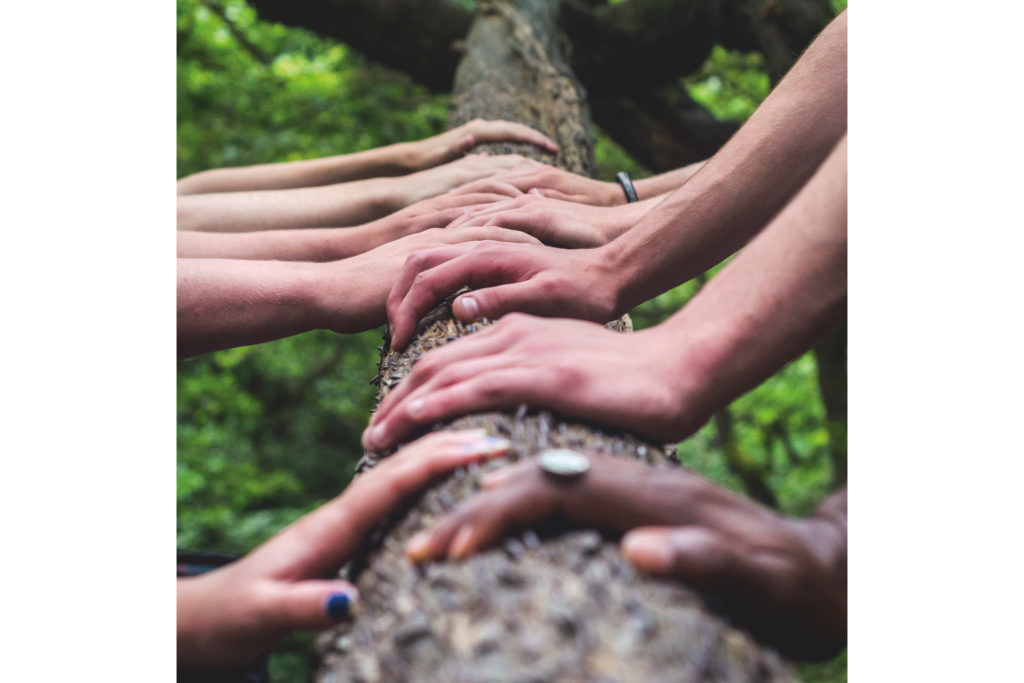
But starting them young is helpful. When Steven Rinella’s oldest child turned 12 last year, the host of MeatEater and a podcast of the same name about hunting, cooking and eating wildlife, felt that he had earned enough parent brownie points to write Outdoor Kids in an Inside World: Getting Your Family Out of the House and Radically Engaged with Nature. It’s an uncompromising read.
‘We know the struggles that parents deal with in trying to get kids outside and I would love to tell you that we don’t have a daily conversation about technology, but I would be lying,’ says Rinella. ‘I don’t ask my kids what they want to do. I tell them. You will get to hang out with cooler people when you are older if you go outside now.’
Rinella is a hunter living in wild Montana. He believes that children need to be comfortable being uncomfortable and takes them camping, rain or shine. It pays dividends. ‘The kids go to bed happier, physically tired, feeling good. They tell me they had a great time even if they initially didn’t want to go. They learn about self-sufficiency.’
As both Rinella and Louv know however, not everyone lives in the country with a large garden. In an effort to support parents trying to work out how to connect with nature, Louv wrote three more books including Vitamin N – The Essential Guide to a Nature-Rich Life: 500 Ways to Enrich Your Family’s Health & Happiness, which, he admits, is the kind of book he hates reading but which he realised
was needed as a guide. ‘The pendulum is swinging back with an increase in green and forest schools and a change from concrete to grass playgrounds with logs for children to fall off. Covid helped,’ he says.
‘People became aware of the birds outside their windows; one family became fascinated by an owl sitting on a tree.’
But the more high-tech education becomes, the more nature our children need, he says, referring to the hybrid mind, a phrase he coined in another of his books highlighting that we want to encourage children to excel in both technology and nature.
‘Scientists don’t just talk about five senses now, but nine or 10 – some go as far as 30.’
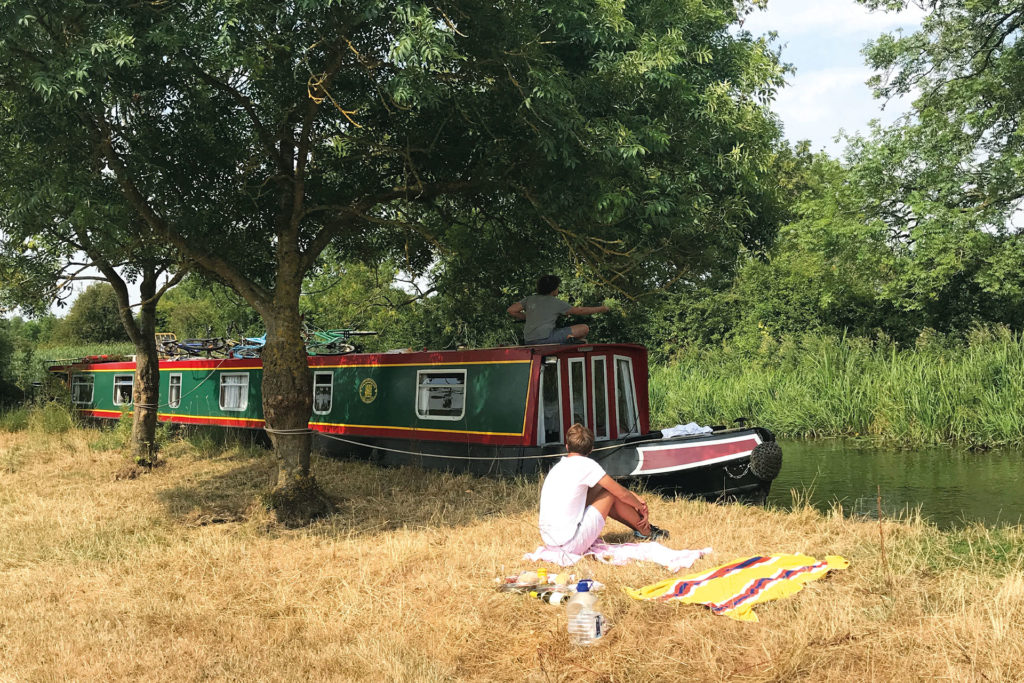
Louv believes that nature can accentuate unexplored senses in humans including echolation and the ability to scent like a bloodhound. He suggests rotating the senses to use, for example, your nose to guide you, instead of your eyes. He says it works best when the nose is wet. And he adds, whenever parents lead they will be rewarded in multiples of 10.
We all know about whingeing kids who complain all the way on the hike, especially the teenagers because they want their electronics but who come home nicer, more engaged. ‘Well, it gets better,’ says Louv. ‘One day, when they have come home from college, and are maybe sitting around a table, a kid will suddenly say, ‘remember that awesome hike we took’. They are not going to remember their best day of TV or their best Minecraft game. So, in addition to creating a connection with nature, you are creating memories which last.’
How to Engage with Nature
Macro
Enjoying the great outdoors:
-Festivals
-Sailing, kayaking
– Bicycling
– Hiking and camping: Bracket your drives as an incentive: children can use their electronics to and from the hike as long as they leave them behind when they hike. Maybe encourage the children to use the iPad afterwards to look up the birds they have seen
– Swimming
Micro
Small fun things to do in nature:
– Go on a moon walk. Look at the stars
– Go outside at night and hear the magic of animals
– Be a cloud spotter – clouds are astonishing. This can be done from your room even if you have a disability. Look for faces in the clouds. There’s magic in the sky. Try the CloudSpotter app
– Build your hybrid mind. Rotate your senses consciously
– Use your nose to see. You can smell better when you wet your nose
– Snake tongue. Snakes sense things with their tongue; use taste
– Go on a belly-hike. Get down on the ground and crawl. Look for little details. Follow an ant, look at all the life which is in the houmous.
– Be a batman or batman using echolation skills. Make your way through a dark building just using your ears
– Pinpoint vision. Hone-in on the little things in front of us and study those
– Use your peripheral vision. It’s much ore powerful than people realise and much better at detecting danger because peripheral vision looks for what’s out of place
Read more:

